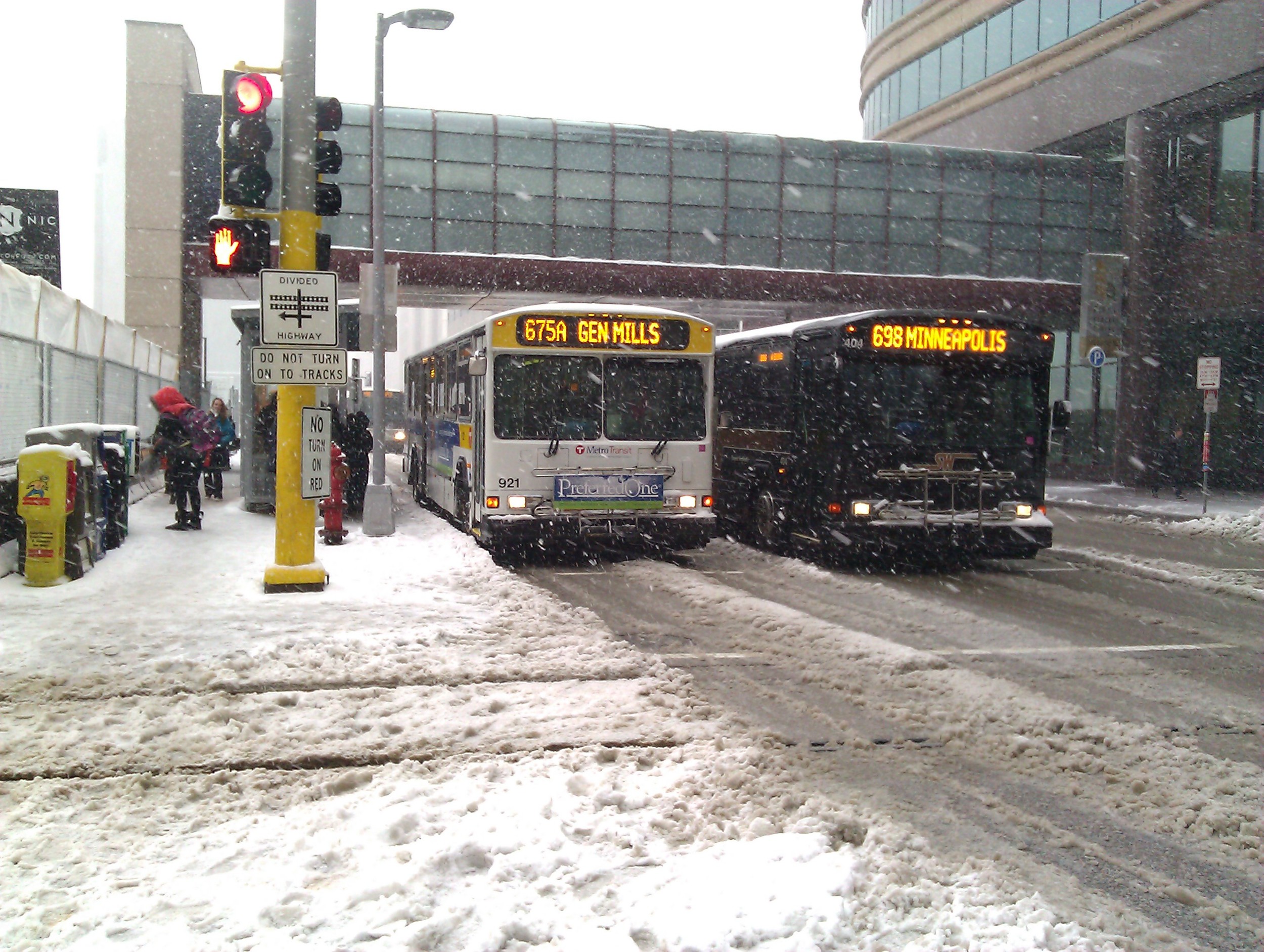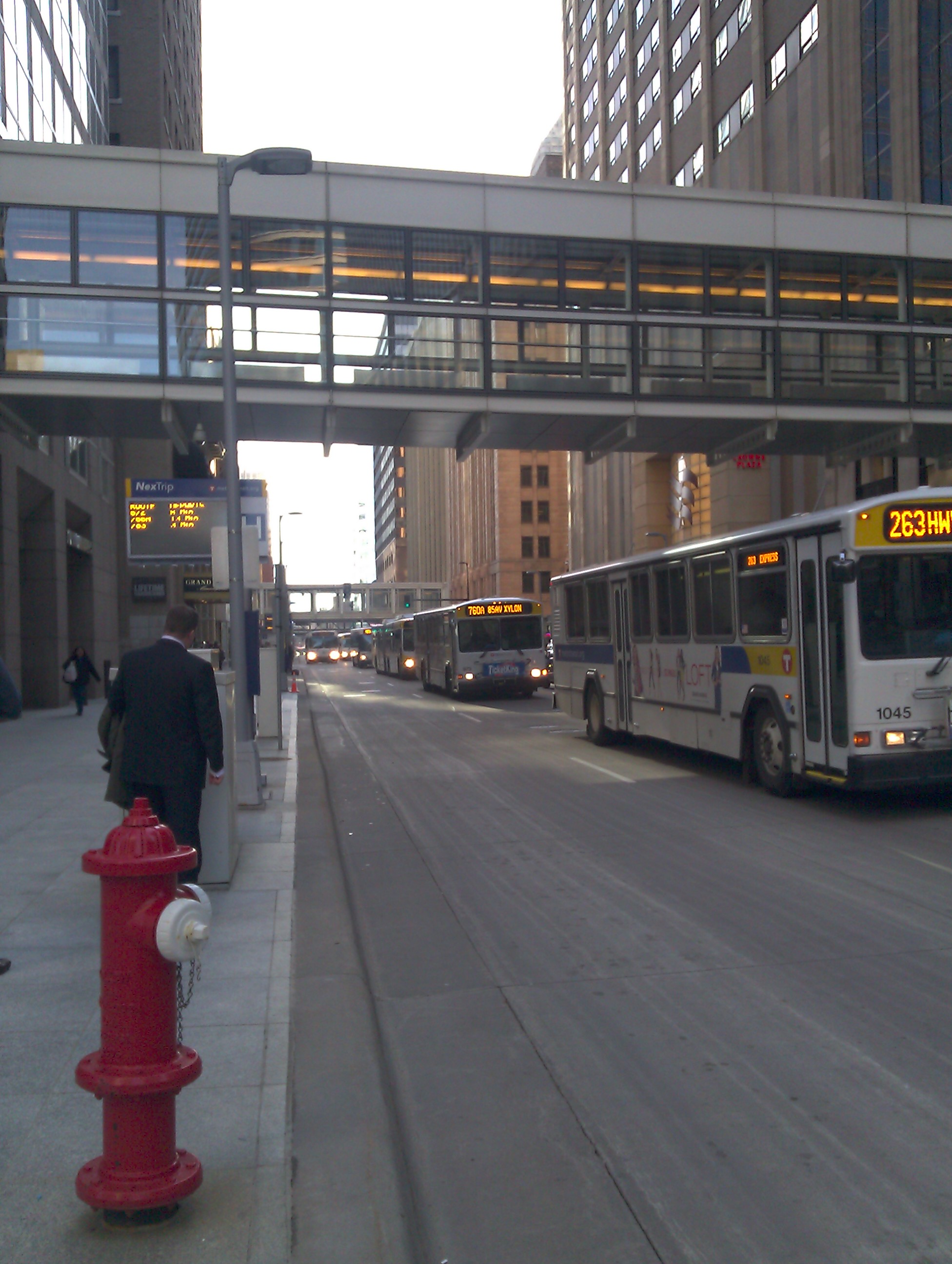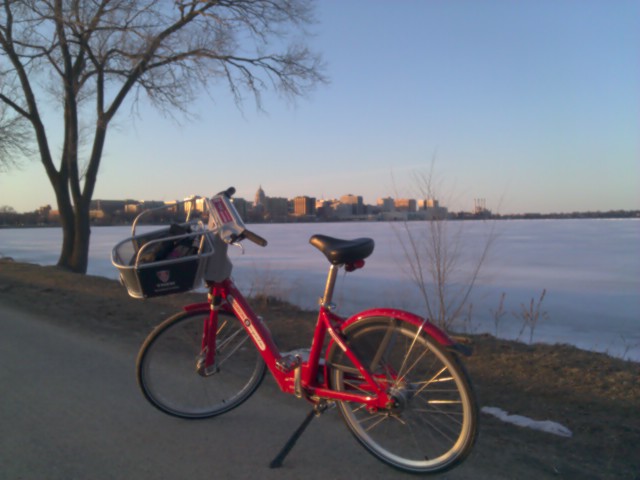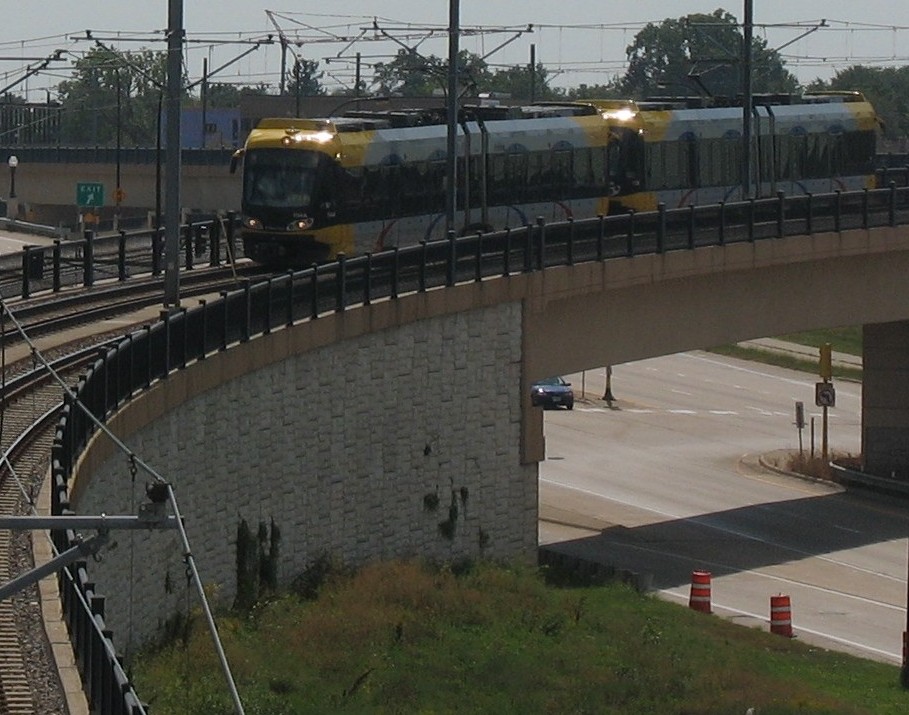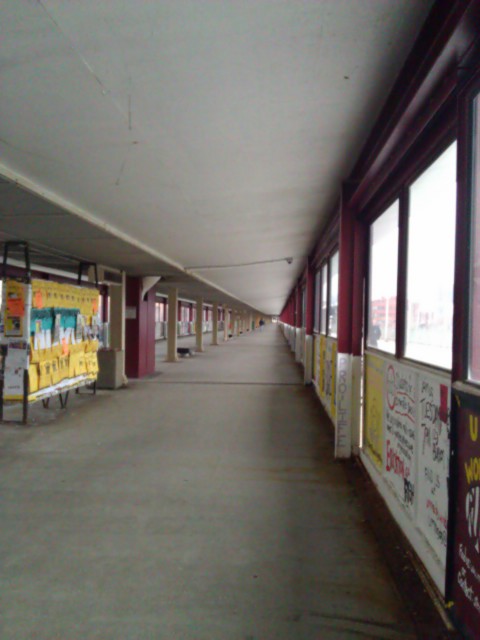Many people are surprised I am traveling at this time of year (although it's not supposed to be winter anymore). They see my little folding bike with small wheels and wonder why I didn't just wait for summer and buy a traditional touring bike.
This is not a typical bike tour. For most bike tourists, it's about spending time on their bicycle, absorbing the scenery and carrying everything you need under your own power. Their goal is usually to ride only in small towns and rural areas and camp overnight. But as Path Less Pedaled authors Russ & Laura like to say, there is no right way to travel. Do what you enjoy and find what works for you.
I prefer using my bicycle to explore cities. I have little interest in consistently riding long distances in the middle of nowhere, and I love riding and studying public transportation. In most places it's still difficult to bring a full size bike on transit, which means a folding bike is the best tool for my multimodal journey. I can ride when I want to and take a train or bus when that's a better option.
Winter offers special challenges for my Brompton folding bike as it's not really built to handle snow. I have to disassemble and clean the derailleur at least every two weeks. Yet considering that I have no real treads on my tires, the bike is handling quite well, and the snow is just about over.

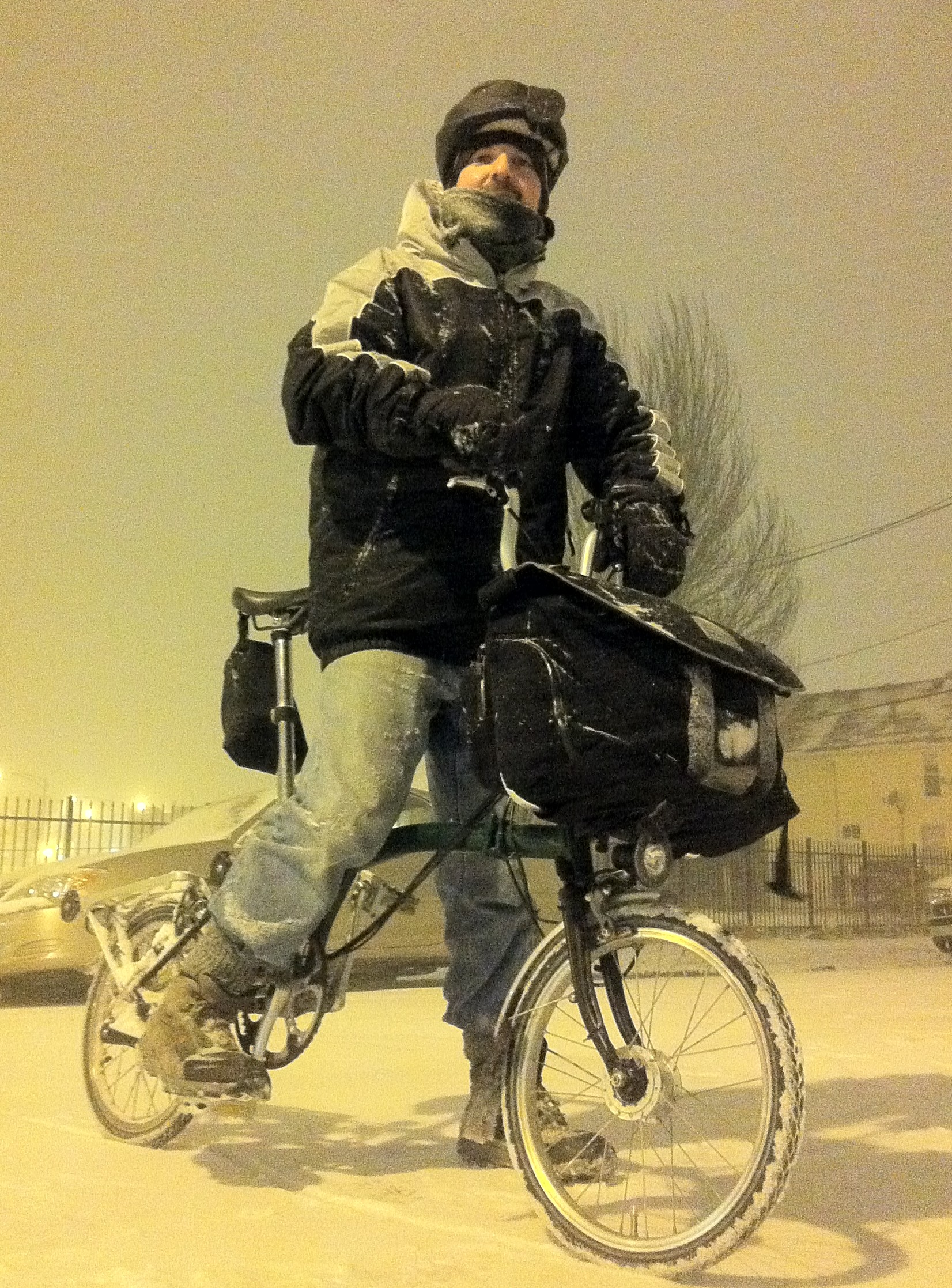
After living in New England for a long time I am accustomed to biking in the winter. It's often faster and more comfortable than dealing with uncleared snow, ice and slush puddles and then waiting for the bus, since you warm up in five minutes. Here in Minneapolis, the city does an excellent job of clearing snow from streets and the many bike paths, so aside from the cold it's always fun to ride.
Traditional bike touring would have me riding long distances and camping regardless of the weather, so if that's your style I'd suggest not touring in the winter. But for the kind of riding I do, where cities and towns are always nearby and public transit is valued, the weather is just one small inconvenience.
On a smaller bike you can't carry as much gear. I have only the Brompton front bag and a hiking backpack I've attached to the seat post and rear rack. The limited space helps me live more simply by purging unneeded items and figuring out what's important. While so far I have been staying with the many wonderful people along the way who have offered their couch (including CouchSurfing and WarmShowers), eventually I will learn to camp, and I currently have no idea how I will fit that equipment.
[gallery ids="933,934,935"]
Probably what I notice the most with a folding bike is the curiosity of others. Many have never seen or even heard of a folding bike. Depending on how I'm feeling at the moment, they may get a demonstration, and the people I trust usually get a chance to ride it. In fact, maybe that should be my new pitch: host me for a few nights and you can ride my folding bike!


